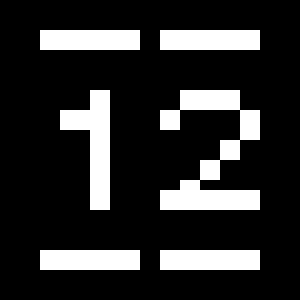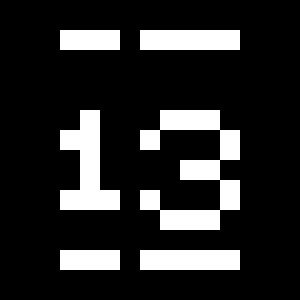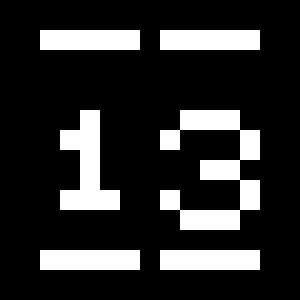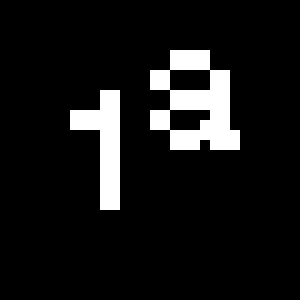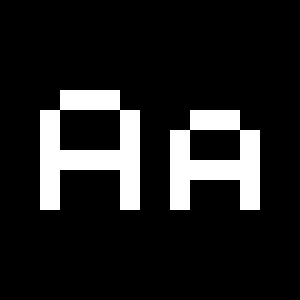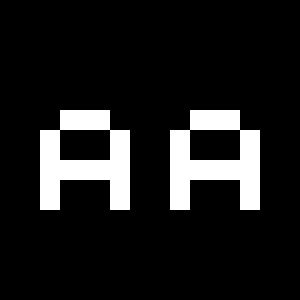Clarendon Graphic
Clarendon Graphic Stencil
OpenType Features
«Optimo»
(4−7+8)
(){}‹›«»-–—
+±÷−=≠¬
«Optimo»
(4−7+8)
(){}‹›«»-–—
+±÷−=≠¬
0123456789
0123456789
3/4 3/8 5/8 7/8
3/4 3/8 5/8 7/8
Habcdefghijklm
Hnopqrstuvwxyz
Habcdefghijklm
Hnopqrstuvwxyz
abcdefghijklmn
opqrstuvwxyz
abcdefghijklmn
opqrstuvwxyz
ABCDEFGHIJK
LMNOPQRSTU
VWXYZ&
ABCDEFGHIJK
LMNOPQRSTU
VWXYZ&
Character Map
Uppercases
Lowercases
Small Caps
Accented Uppercases
Accented Lowercases
Accented Small Caps
Standard Ligatures
Punctuation
Lining Figures
Oldstyle Figures
Numerators
Denominators
Superscripts/Superiors
Prebuilt Fractions
Symbols
Mathematical Symbols
Currencies
Ordinals
About
Considered by some as an entire genre of type design, Clarendon has been revisited many times since its first appearance in 1845, resulting in the release of several adaptations and revivals—one of the most noted is Hermann Eidenbenz’s adaptation in the 1950s. Drawn by François Rappo, Clarendon Graphic is a remarkably innovative take on the style, bringing a new graphic identity to it and fulfilling its modernist potential.
Clarendon Graphic is a fluid, dynamic, and highly graphic typeface. Its lusty frame features a moderate stroke contrast, crowned by ball terminals and upturned tails. Lighter than earlier Egyptian type styles, Clarendon Graphic’s serifs are still prominent and characterized by their bracketed rectangular shape. Being the only Clarendon offering light styles, Clarendon Graphic works beautifully at both large and small sizes, as it has been specifically optimized for text. And, for the first time for a modern Clarendon, this typeface has two complete sets of italics: a slanted Roman and a true cursive italic.



